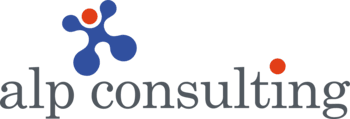What is the Full Form of KPI?
The full form of KPI is Key Performance Indicator.
What is Definition of KPI (Key Performance Indicators)?
Key performance indicators help companies in measuring and evaluating the performance of different teams, departments, and the organization overall, and see if they align with the company’s goals and objectives. KPIs help in monitoring the progress of how well the processes are being carried out, as well as the output with respect to the goals of the organization. Whatever is observed by monitoring KPIs can help organizations make better decisions. Different KPIs are used to monitor different things. Some KPIs are used to track how the business is doing overall, and low-level KPIs usually focus on different processes like sales, marketing, HR, support, and others.
What are KPI (Key Performance Indicators)?
KPIs are metrics that can help organizations track the level of progress made by employees with respect to tasks given to them and whether or not these tasks align with the goals set by organizations. These indicators help in making data-driven decisions. KPIs help organizations in overseeing how efficient the processes are, quality levels, financial results, customer satisfaction, and employee engagement.
What are the Key Features of KPIs?
1. Quantifiable and measurable
A KPI must be based on a goal that can be measured with data like a number or percentage or an amount.
2. Goal aligned
Each KPI should connect to a critical business objective, ensuring all activities are in line with the larger goals of the organization.
3. Must respond to actions
The KPI should be such that it is responsive to different strategies and changes that happen during processes.
4. Specific
The KPI must be precise about what should be achieved and how it is supposed to be measured, avoiding vague sentences and points.
5. Relevant
The KPIs must be such that, that it must be related to business objectives and meaningful to the company’s strategy.
6. Achievable
The goals that are associated with the KPIs must be realistic and achievable in the given timeline.
7. Time-bound
The KPIs must have a proper and realistic timeframe so as to be achievable. This helps with focus and tracking progress.
The goal of KPIs is to communicate results succinctly to allow management to make more informed strategic decisions. They are often measured using analytics software and reporting tools.
« Back to Glossary Index